Being an object-oriented language, JAVA is mostly used for coding in web applications, game development, enterprise applications, and as well as different research areas. In fact, JAVA platform is also used for work belonging to the information technology industry including the creation of multiple applications including both web-based and server-based applications. It also improves the overall industrial competency.
Since 2019, the use of JAVA in research projects and scholarly developments have increased massively. JAVA is a simple, easy-to-use, programming language which has a syntax similar to C++. Although earlier the JAVA programmes had the reputation of being slower and memory consuming, the updates in editions have fixed it to provide “just-in-time” implementation benefits. Due to the increasing need of JAVA Implementation, the service requirements have also been increased.
To ensure why JAVA is suitable for your project, let us introduce you to the benefits you can expect from JAVA implementation.
The JAVA implementation process is rather easy once it is understood and the code compilation of JAVA (bytecode) can run on any operating system that supports it without recompilation. However, for non-JVM or dynamic projects, help from experts becomes necessary. Below is the general process of JAVA Implementation which can be used and followed by new programmers as well.
Installing JAVA language on your operating system and allowing the system support for it.
Open the document of coding, and check-in the settings whether the JAVA language has been plugged-in or not.
Once it is plugged in, the use of JAVA needs to be accepted on the JAVA control panel after which the coding process begins.
Netbeans IDE (Integrated Development Environment) for JAVA is the place where JAVA language can be used for creating applications. Install and start it
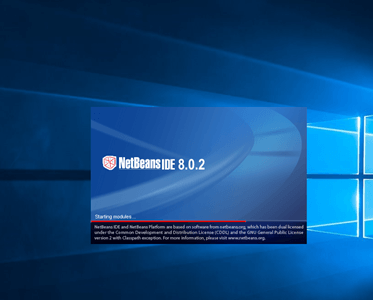
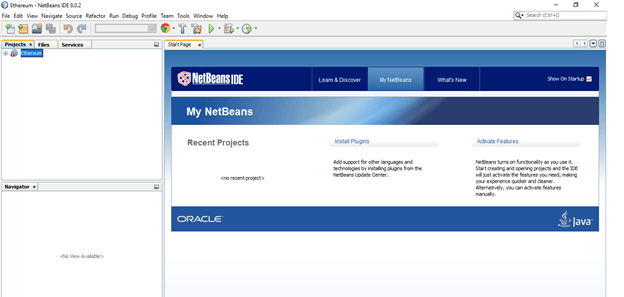
After that, open the new project page.
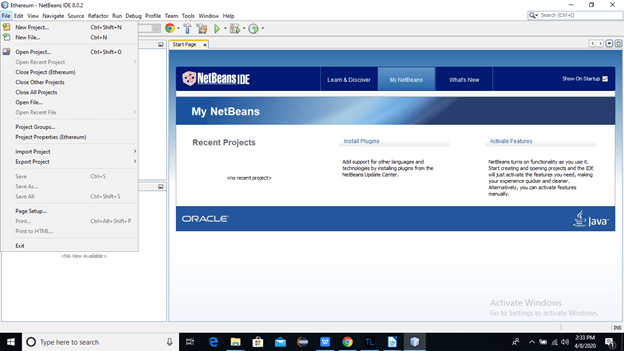
To get started with the coding process, press the new page tab.
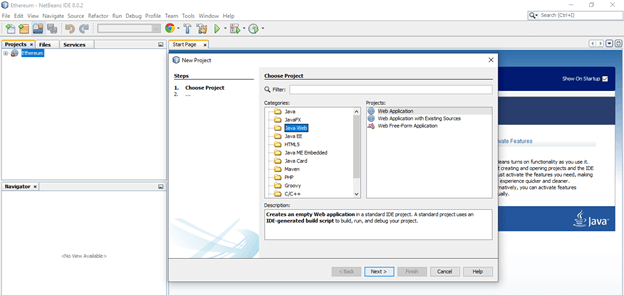
After clicking on the start button, you can finally start working on the JAVA coding.
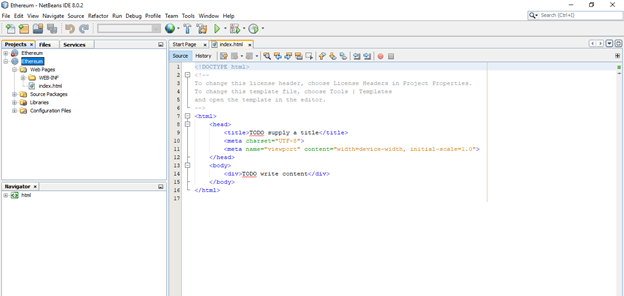
Instead of solving the problems, unanswered queries only increase them. Therefore, rather than brainstorming unnecessarily on questions which can be answered through just one call, talk to our experts.